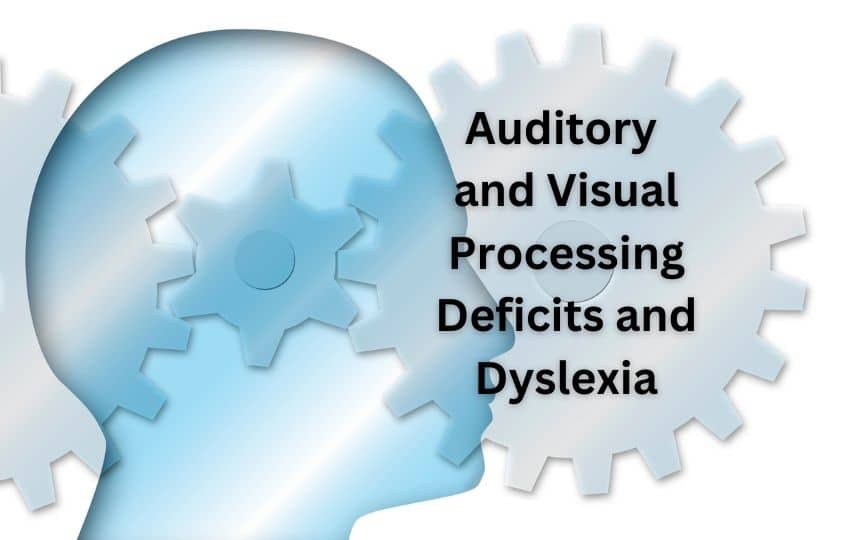
Are auditory and visual processing deficits related to dyslexia?
Georgiou et al. (2012) conducted a study exploring the potential relationship between dyslexia and auditory and visual processing deficits.
Their findings shed light on whether these deficits are linked to phonological awareness, rapid naming speed, and orthographic processing, thereby significantly contributing to our understanding of dyslexia in children learning to read a consistent orthography (Greek).
What the terms mean
Auditory processing is the ability to interpret the sounds that one has heard. Visual processing refers to the brain’s ability to interpret visual information from the world around us.
Phonological awareness is the ability to recognize and manipulate the spoken parts of sentences and words. Examples include being able to identify words that rhyme, recognizing alliteration, segmenting a sentence into words, identifying the syllables in a word, and blending and segmenting onset-rimes. The most sophisticated — and last to develop — is called phonemic awareness.
The most prominent theoretical explanation of dyslexia is the phonological-deficit hypothesis, according to which children with dyslexia have poorly specified phonological representations.
More recently, rapid naming speed has been proposed as a second core deficit in dyslexia. According to the naming-deficit hypothesis, children with dyslexia show impairments in naming fast visually presented familiar symbols such as objects, colors, digits, and letters.
Orthographic processing is the ability to mentally recognize, create, store, and retrieve the visual representation of written words. Orthographic processing has to do with instant word recognition. It lets us see a word like “said” and know what it is. It allows us to know when a difficult word like “entrepreneur” is misspelled.
Results
The results of Georgiou et al.’s study indicate that of the children with dyslexia:
- 0% (0 of 21) had an auditory processing deficit,
- 52% (11 of 21) had a visual processing deficit,
- 33% (7 of 21) had a phonological deficit,
- 52% (11 of 21) had a rapid naming deficit,
- 86% (18 of 21) had an orthographic processing deficit.
In Georgiou et al.’s study, 55% (6 of 11) of those with a visual processing deficit also had a rapid naming deficit. However, 50% (5 of 10) of the children without a visual processing deficit had a rapid naming deficit.
A full 91% (10 of 11) of those with visual processing deficits also had orthographic processing deficits. However, 80% (8 of 10) of the children without a visual processing deficit had an orthographic processing deficit.
Conclusion
Children with dyslexia did not experience auditory processing deficits, but about half showed visual processing deficits. Both orthographic processing and rapid naming deficits were associated with dyslexia in the sample, but it is less clear that they were associated with visual processing deficits.
